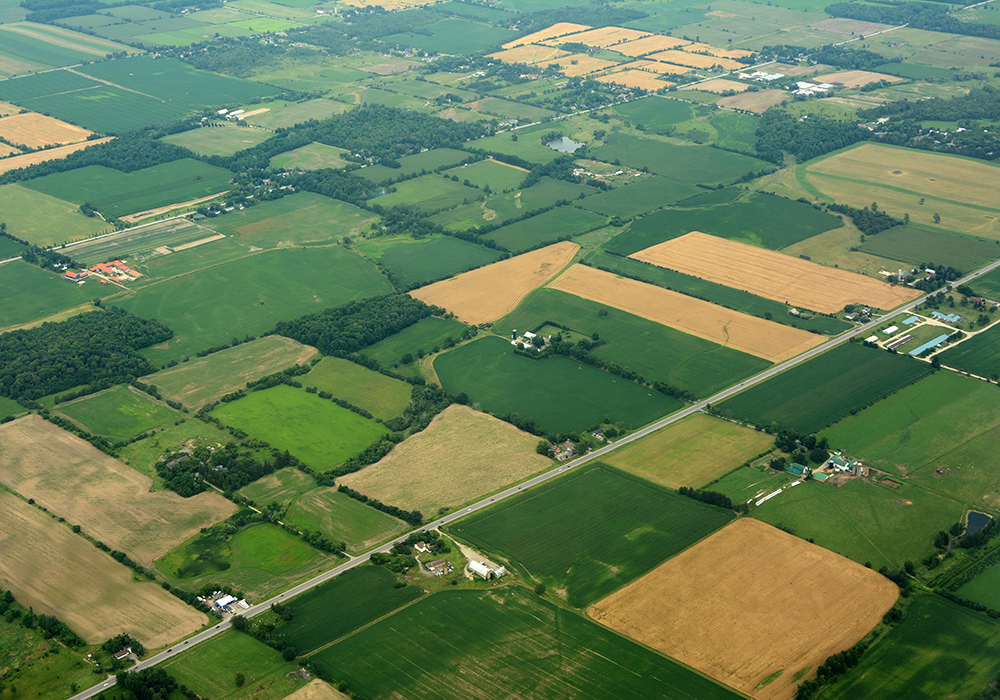Farmers know about investing in agriculture. Nearly all of their money is tied up in it. What others know about investing in it is generally little, but it is growing.
In recent years, more than 20 in some instances, investing in environmentally sustainable, people friendly, governance-astute funds has become a financial trade unto itself.
There are now adventurous venture capital funds and brokerage specialists who seek out positions in agriculture start-ups, usually technology-based, with potential for big paydays. There are farmland fund and investment opportunities that look for moderate dividends and regular capital growth. Trees are big, as an investment, if one is planting or replanting them. And there all the green funds that deal in sustainable agriculture and food positions, from carbon credits for offsets and insets, to the quiet approaches of companies such as MacDonald’s, which has long been building into its supply chain farms and food processors considered as having healthy standards of operations. The new tools of farming should be considered, but often aren’t, as some of the greenest of investments.
Read Also

Budget seen as fairly solid, but worrying cracks appear
The reaction from the agriculture industry to prime minister Mark Carney’s first budget handed down November 4th has been largely positive.
In some cases, investing in agriculture is done to green-up portfolios for individuals or larger entities, such as pension funds. In others it is purely a recognition of the potential that agriculture has as the one thing that every human pays for every day. Markets and interest rates can do what they like but eating never stops.
Land investors, not farming ones, are hard to stomach for producers looking to expand. They drive up prices and potentially take land out of local availability. At the same time, they increase the value of farmers’ personal holdings. It’s the two-edged sword of Damocles for the farmer.
Investors looking for big wins on new technology companies, potentially scooped up by large agricultural providers in the machinery or smart tech sectors, have to seek long and hard for big profits. There are so few farmers, fewer all the time, and they have to be convinced to make wholesale changes in their tools, usually based on improving margins.
Environmental, social, and good-governance funds, known in the trade as ESGs, have taken a bit of a beating in recent years. Regulators and critics have taken issue with companies and investment funds for activities considered as greenwashing — the taking of companies and money earned from traditional, less environmentally friendly enterprises and bolting on what might be seen-as-green operations to appear better.
True ESG funds are also supposed to shield investors from some of the risks tied to ESG areas. That hasn’t been case. In 2022, they failed to perform as well as the rest of the market, albeit most of the market performed badly last year, but they haven’t been keeping up.
Thankfully, some investors and companies measure their returns in things other than money; they kind of sound like most farmers that way. Honest investments in technologies that could make farming more sustainable — financially sound farms make better decisions and invest in more efficient tools — are hard to claim as being cleansed in the great greenwasher.
Making more food and fuel with fewer inputs is a case in point. ESGs likely belong in agriculture. A place where investors can find companies, from equipment and genetics to fertilizer and food, are all seeking to improve farmers’ margins by allowing them to do more with less.
Whether it’s a mutual, index or exchange-traded fund, investing in the tools of modern agriculture should be seen as supporting responsible corporate behaviour. These surely won’t solve climate change, income inequality, social injustices or the human health crisis, but can play a role in it, in an honest way.
Investing in land should be left to farmers, but that won’t likely be the case. As those prices rise and margins fall, farmers will have less money to put into those better technologies that make them more efficient. And that’s not so green.
Mike Raine is editor of The Western Producer.















